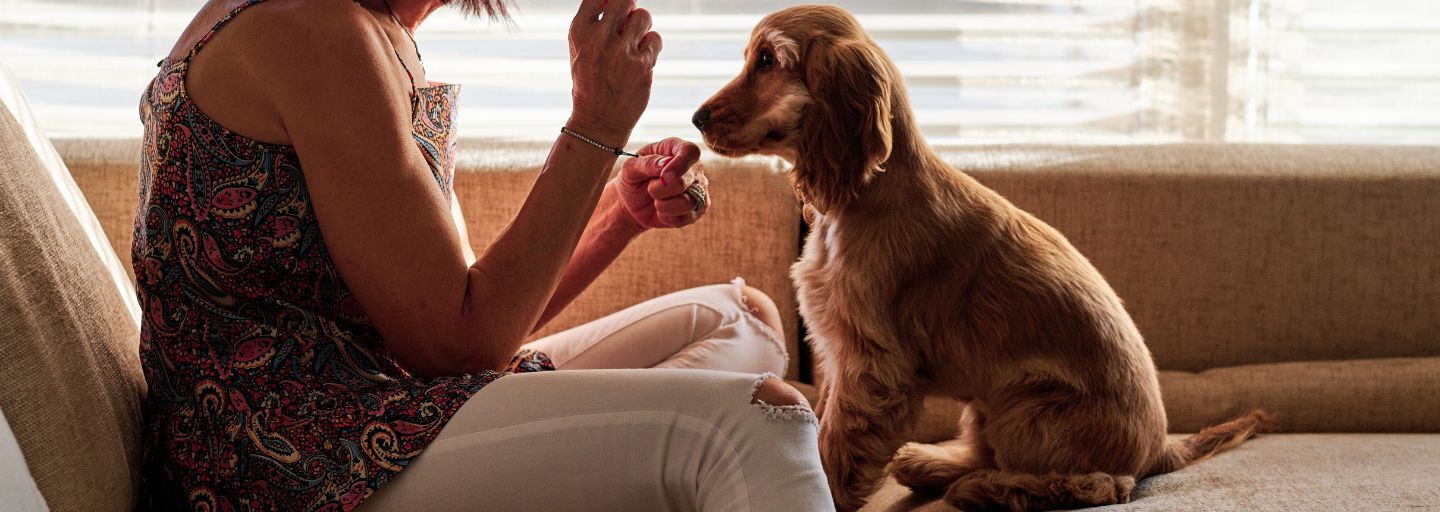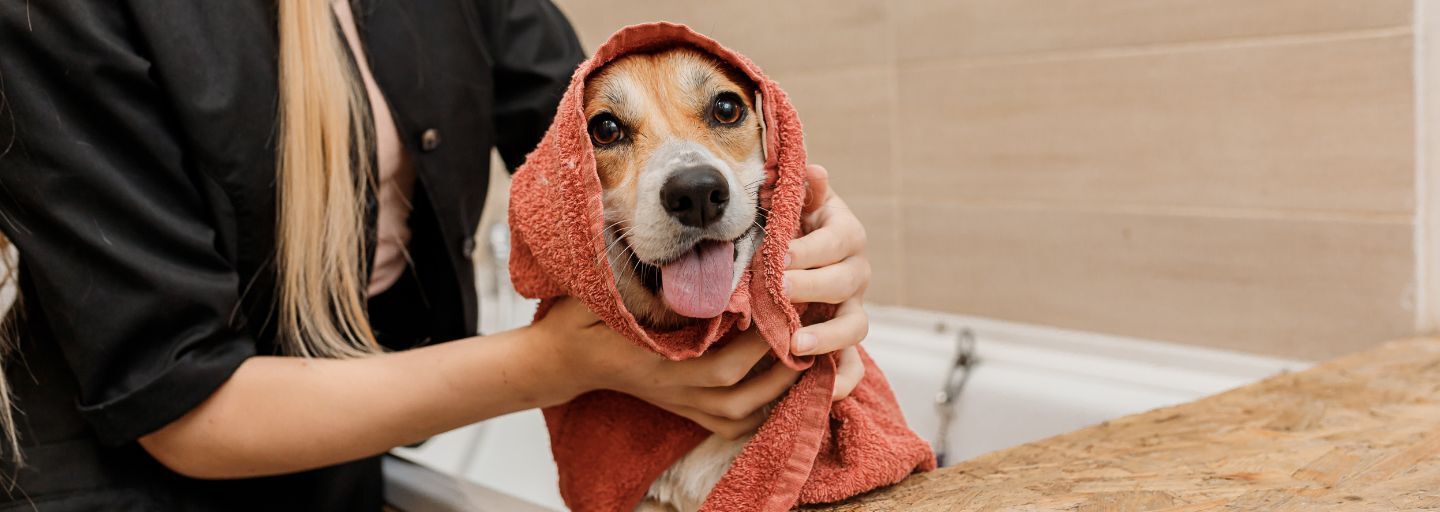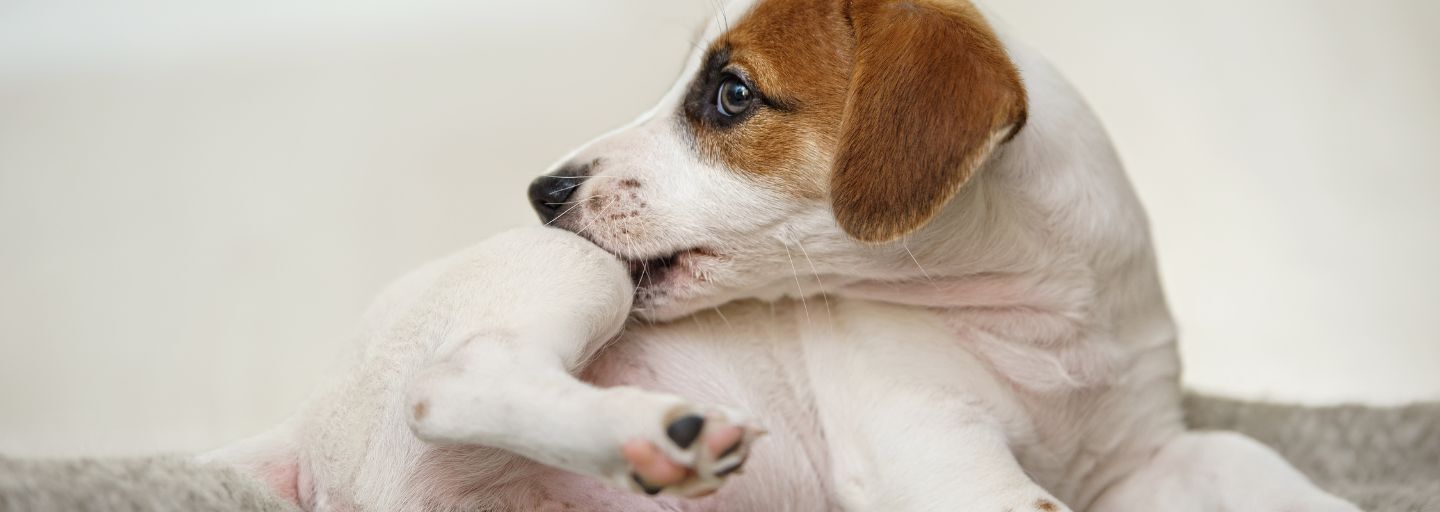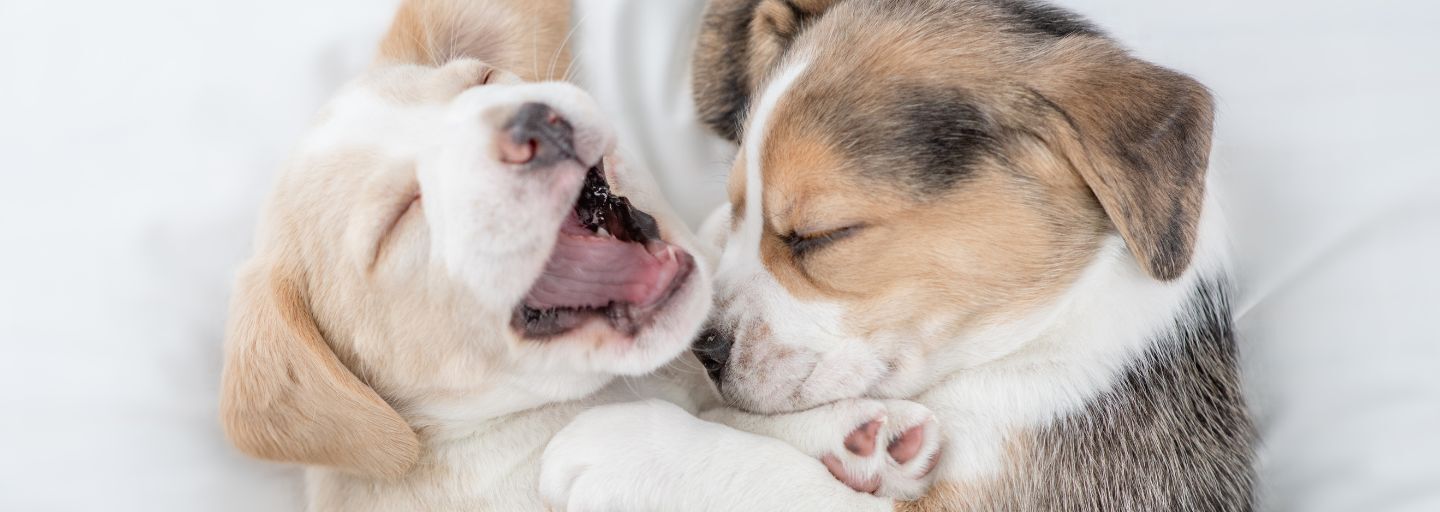Training a dog to respond to the "sit" command is not only the first exercise you should attempt but also one of the most important commands they will ever learn. This foundational command sets the stage for further training and establishes a positive training relationship between you and your dog. Here's a step-by-step guide on how to teach your dog to sit effectively:
How to Teach "Sit"
- Show the Treat: Take a treat and present it to your dog, capturing their interest. Hold the treat in your hand, allowing them to see and smell it.
- Guide the Movement: Hold the treat above your dog's head, causing them to look up. Then, move the treat just behind their nose, encouraging them to move their head backward. This action naturally leads to the dog sitting down. As their hindquarters touch the ground, say "Sit" in a clear and firm tone.
- Reward and Praise: The moment your dog sits, use a clicker (if you're clicker training) or say "yes" to mark the desired behaviour. Immediately give them the treat along with plenty of verbal praise and affection. Repeat this process to reinforce the sit response and make it quicker over time.
- Introduce Hand Gesture and Cue: Once your dog understands the sit command, introduce a consistent hand gesture to accompany the verbal cue. For example, hold your hand vertically in front of you, palm facing upward. As you give the verbal cue "Sit," simultaneously perform the hand gesture. This helps your dog associate the hand gesture with the action of sitting.
- Transition to Cue Only: With practice, you can gradually ask your dog to sit without luring them into position with a treat. Use the verbal cue and hand gesture, but withhold the treat until they have successfully sat. Remember to reward and praise them after they sit, reinforcing the behaviour.
Teaching Puppies to Sit
Puppies can be energetic and challenging to train, so patience is key. Wait for your puppy to naturally sit, which they may do when they are tired or curious. When they sit on their own, immediately reward them with a treat while saying "Sit" in a positive tone. This helps them associate the action of sitting with the verbal cue. With consistent repetition and positive reinforcement, your puppy will learn the sit command.
The sit command is often the first one that puppies learn, and it will be useful to them throughout their lives. It sets the foundation for other commands and establishes the basic training relationship between you and your dog. Ensure that your puppy has a positive experience during training by using rewards, praise, and patience. This will create a strong bond and a desire to continue learning throughout their life.
Remember, training should always be a positive and enjoyable experience for both you and your dog. Celebrate their progress, be consistent in your training sessions, and always use positive reinforcement techniques. With time and practice, your dog will become proficient in the sit command, setting the stage for a well-behaved and obedient companion.







